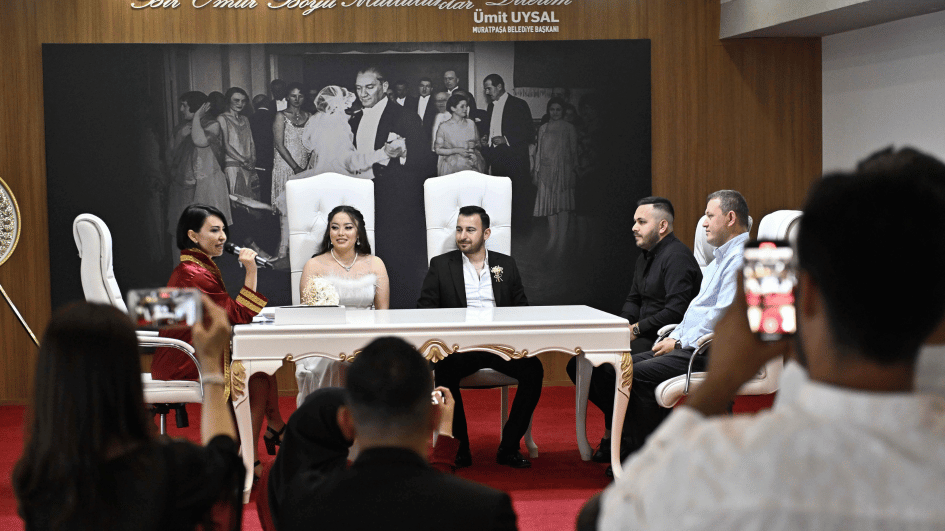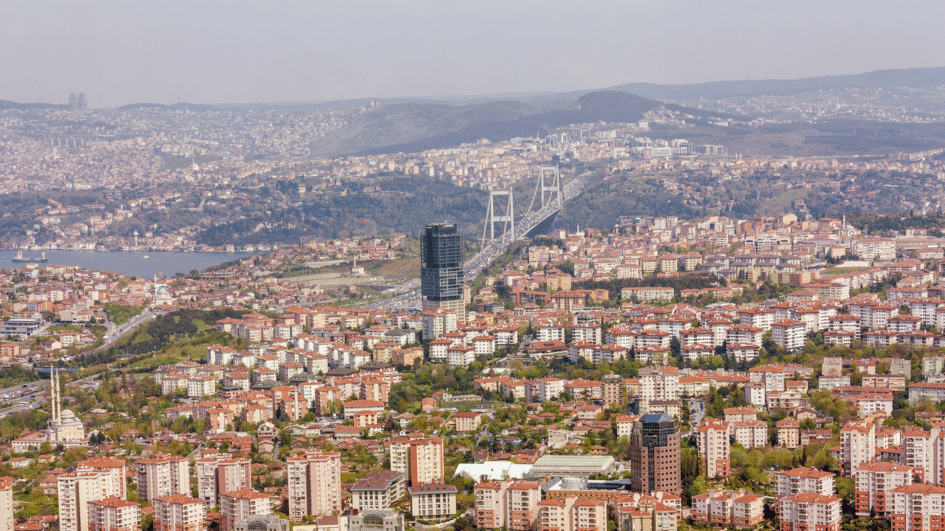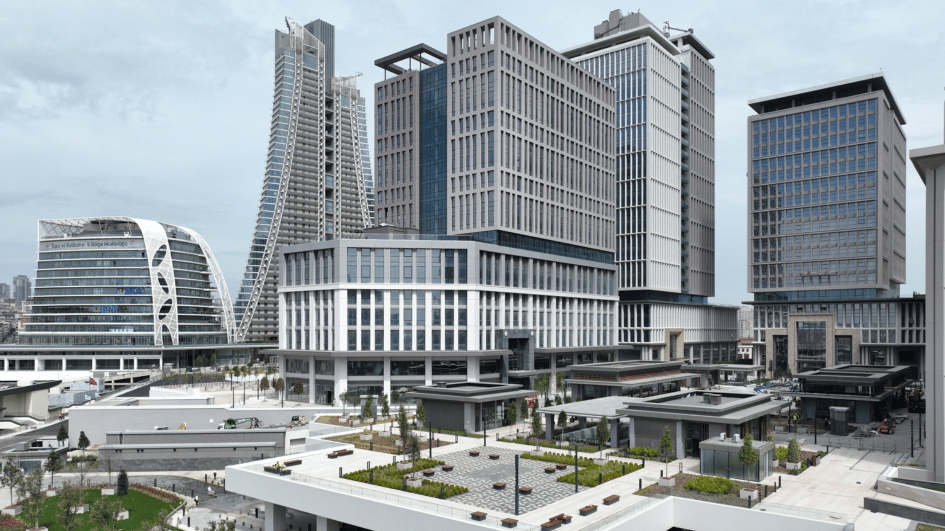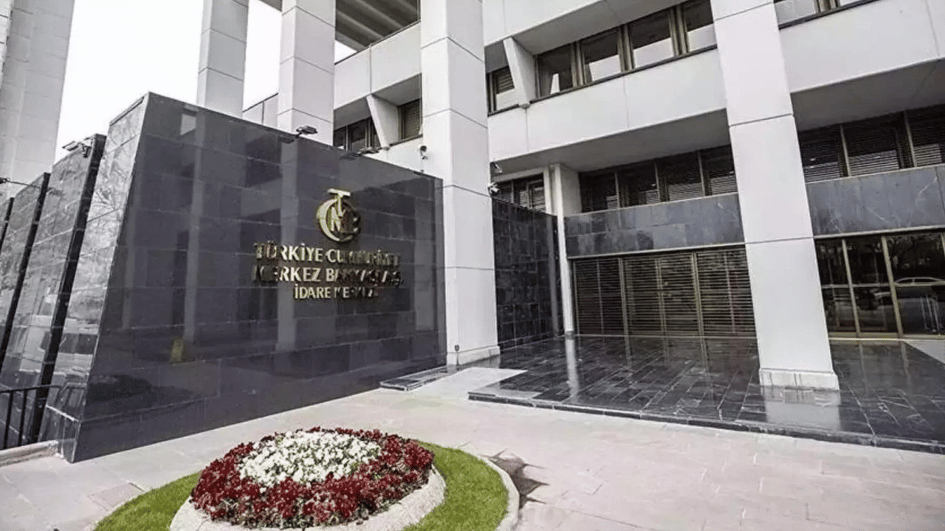Urla winery reviving centuries-old tradition
Barçın Yinanç
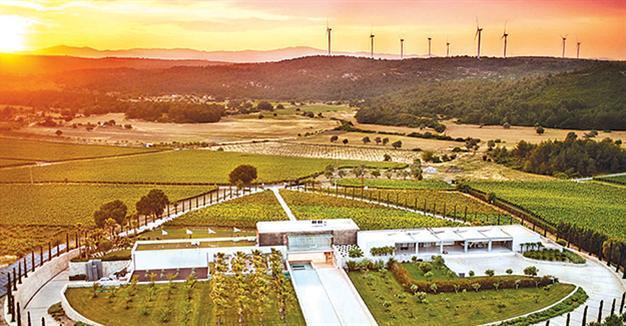 These are not the best times to be in the wine business in Turkey as the sector has been grappling with huge taxes and marketing obstacles. But those difficulties do not seem to have discouraged Can Ortabaş and his dedication for wine making.
These are not the best times to be in the wine business in Turkey as the sector has been grappling with huge taxes and marketing obstacles. But those difficulties do not seem to have discouraged Can Ortabaş and his dedication for wine making.“The Ionians planted [in 1000 B.C.], the Lydians worked the soil [in 550 B.C.], the Persians fertilized [in 350 B.C.], the Romans irrigated it [in 150 B.C.], the Byzantines pruned [in 750 A.D.], the Ottomans kept it alive [in A.D. 1650], and we turned it into a passion [in A.D. 2010];” according to the brochure of Urla Şarapçılık.
Note, however, that nothing is mentioned between the Ottomans and the present.
The Karaburun peninsula, located at the Western end of the Gulf of İzmir and mainly populated by the Greeks before World War I used to be an important center for wine production.

“According to one estimate, 72 million liters of wine was produced before World War I. Last year Turkey’s total production of wine remained at 64 million. Can you imagine just the Karaburun peninsula alone was producing more than the current total production in Turkey? And that is only a few generations ago, before the population exchange,” Ortabaş told a group that recently visited his winery.
A fourth-generation member of a family that migrated from Crete, Ortabaş was referring to the population exchange that took place at the end of World War I between Turkey and Greece.
From the seventh century B.C. onward, the most desired wine in a wide area from the Western Mediterranean to the Black Sea was made and shipped in unique clay vessels from the Ionian city of Klazomenai (Urla) with its unique soils and micro climate, according to Urla Şarapçılık, which started a journey to re-establish the lost reputation of Urla.
In fact, it is the encounter with this past that motivated Ortabaş to set out on this journey. Ortabaş had purchased land for palm tree production, turning it in time into Europe and the Middle East’s biggest palm tree nursery, but the discovery of amphoras and the ruins of old vineyard terraces triggered his interest in wine. More research on the issue opened his eyes to the invaluable heritage of the peninsula, leading him to invest with the aim of reviving the area’s ancient viniculture and bring its glorious heritage to the future.
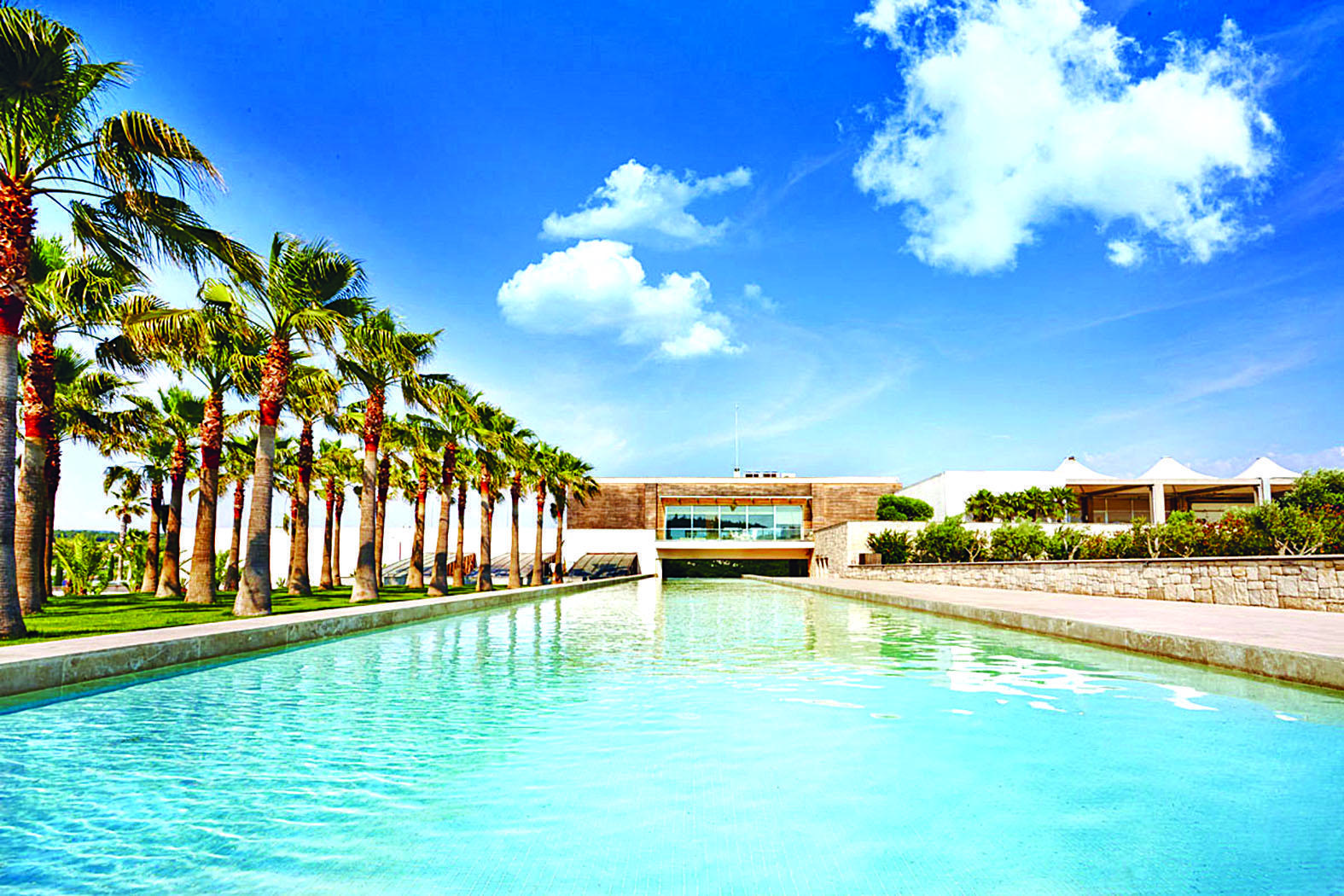
That was nearly two decades ago, when they would get lost trying to find their way to the purchased land as proper roads did not exist. Fast-forward to the present and spread over 350 acres, Urla Şarapçılık has been producing wine since 2010 and, despite being a latecomer, has made a rapid entry onto the list of trophy-winning wineries.
The winery’s Nero d’Avola-Urla Karası was awarded the Decanter World Wine Awards Regional Trophy for Red Southern and Eastern Mediterranean over 15 pounds both in 2014 and 2015. The Nero d’Avola-Urla Karası marries the two black grapes of the Mediterranean, with both the “nero” in Italy’s Nero d’Avola and the “karası” in Urla Karası meaning black.
Success stemmed from investing in the past in terms of rescuing indigenous grapes, as well as in the future, since state-of-the-art technology has been used and is being used throughout the whole production process.
“Everybody around here was talking about Urla Karası. It was nowhere to be found; it existed only in name,” said Ortabaş. The company carried out an extensive DNA analysis of vines in the region to locate the true Urla Karası. They were only able to find it after six long years of research.
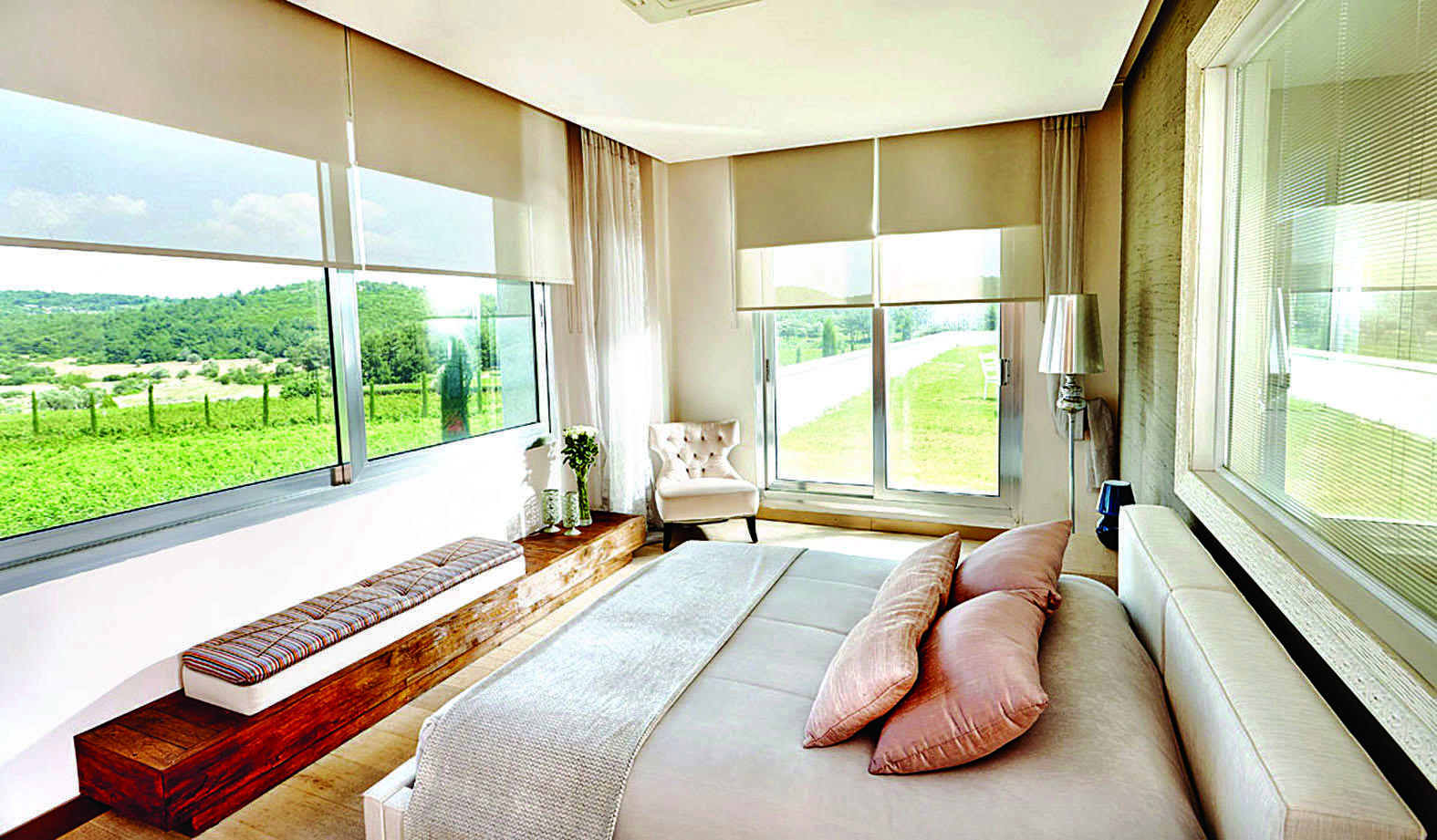
Today the winery is growing a raft of indigenous and international grapes. The wines are exported to five countries and can be found in five-star Michelin restaurants.
Urla Şarapçılık is very proud that it has a nature friendly management as it generates its own electricity from underground as well as solar panels. Cables stretching for over 350 kilometers are also used in the winery.
Ortabaş has also put the winery on the route for agro-tourism, with an aim to prolong the conventional “sea/sun/sand” tourism period from seven or eight months a year to the whole annum.
The Urla winery retains its spectacular setting, even in the cooler winter time, while the buildings are aesthetically designed modern structures harboring one of Turkey’s most unique boutique hotels.
Named 2Rooms Hotel, the inn’s guests are welcome to join the activities in the winery if they don’t mind waking up at 5:30 in the morning. But there are other activities for late sleepers like going fishing or diving nearby.
“Wine connects people,” said Ortabaş, noting the winery has hosted board meetings of international companies like Shell and IBM.



